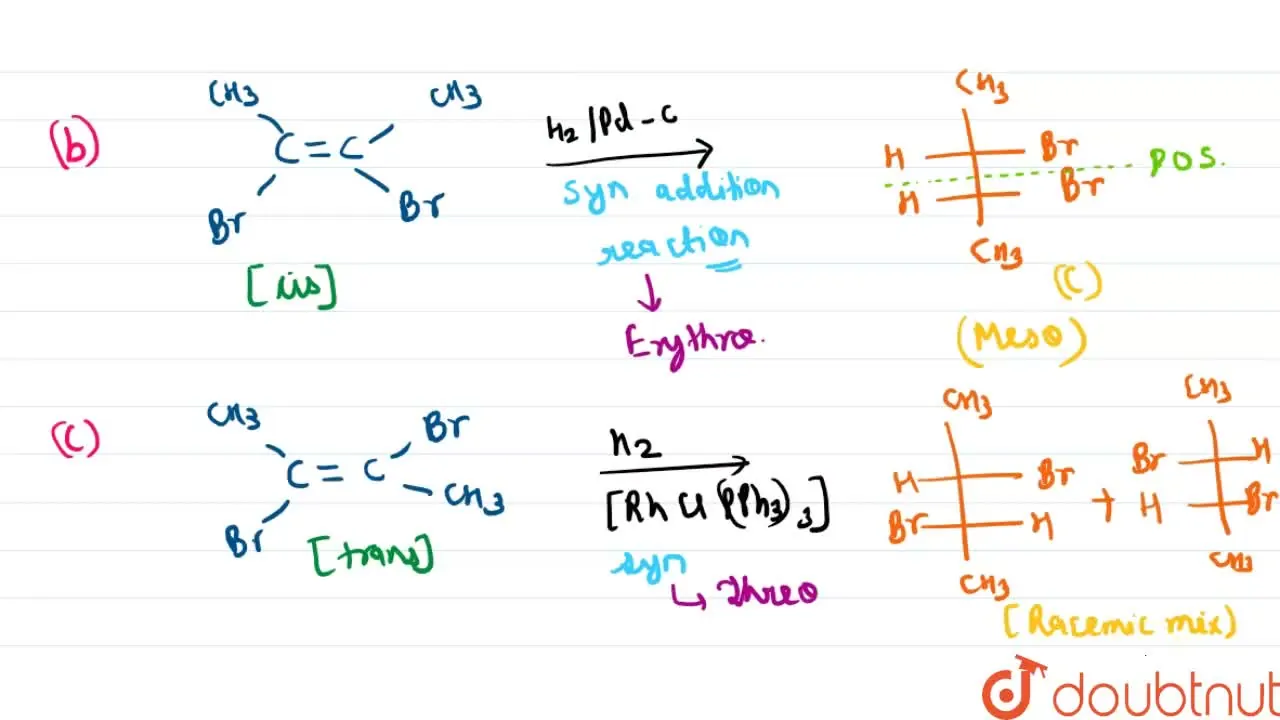Give the products with their stereoisomers, if any.
a. 
b. 
c. 
a. 
b. Note: Metal +H2 does not reduce (R−X) to (R−H) but reduces (Ar−X) to (Ar−H).
Reactant is cis + mechanism of addition is syn → product is meso.

c. Reactant is trans + mechanism of addition is syn → product is dl or (±) racemic.

d. Reactant is cis + mechanism of addition is syn → product is meso.

Meso−1,2−dymethyl cyclohexane (O.I.A.)
e. Reactant with two different groups + mechanism of addition is syn → product is dl or (±) or racemic.
 dl−2,3− Dibromopentane
dl−2,3− Dibromopentane
f. Reactant is cis with two different groups + mechanism of addiciton is syn → product id dl or (±) or racemic.
 dl−2,3−Dibromopentane
dl−2,3−Dibromopentane
g. Reactant is cis + meachanism of addition is syn → product is meso.

h. Reactant is trans + mechanism of addition is syn → product is (±) or dl or racemic.
 dl−2,3−Dideutereo− butane
dl−2,3−Dideutereo− butane
i. Reactant cis or trans ( with different groups )+ mechanism of addiction is syn → Product is always (±) or dl or racemic.

As there are two different groups in the alkene, the plane of symmetry is not attained. So the product is never obtained in meso from but optical isomers d and l are obtained from cis − or trans − alkene.
j. 
Both reactions are catalytic hydrogenation. Reation (1) is heterogenous catalytic hydrogenation in which the solid catalyst is in a different phase from the reactant (A)( gas phase ). Reaction (2) is homogenous cataytic hydrogenation because the reactant and the catalyst are in the same gaseous phase.
Related Playlists
- BOOK - CENGAGE CHEMISTRY ENGLISHCHAPTER - ALKENES AND ALKADIENESEXERCISE - SOLVED Example62videos
ALKENES AND ALKADIENES
- BOOK - CENGAGE CHEMISTRY ENGLISHCHAPTER - ALKENES AND ALKADIENESEXERCISE - EXERCISES29videos
ALKENES AND ALKADIENES
- BOOK - CENGAGE CHEMISTRY ENGLISHCHAPTER - ALKANES AND CYCLOALKANESEXERCISE - Archives13videos
ALKANES AND CYCLOALKANES
- BOOK - CENGAGE CHEMISTRY ENGLISHCHAPTER - ALKYNESEXERCISE - Exercises (Archives - Analytical and Desriptive Type)4videos
ALKYNES
Similar Questions
Give the major products (not stereoisomers) of the following :
a.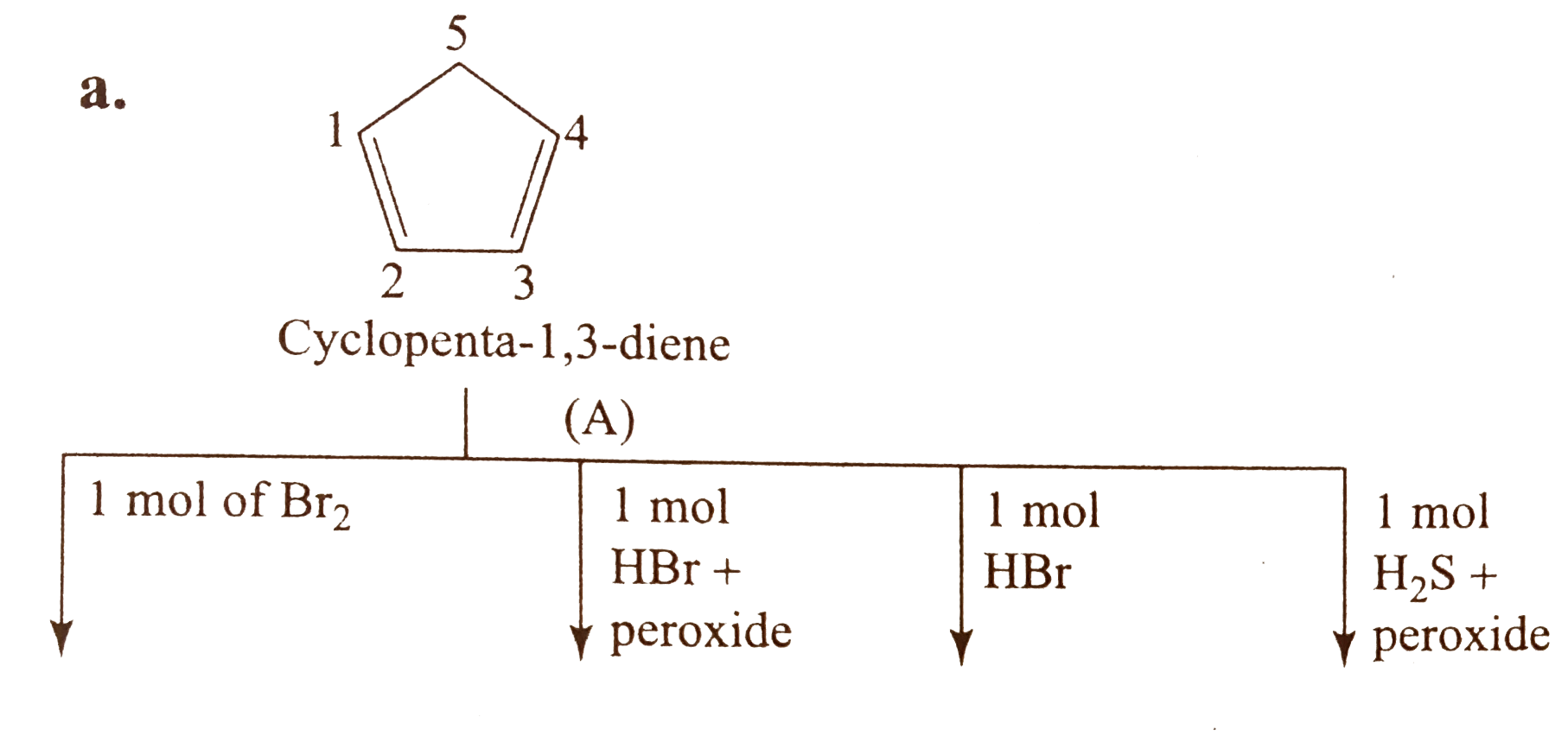 View Solution
View SolutionGive the products of the reactions given below.
b.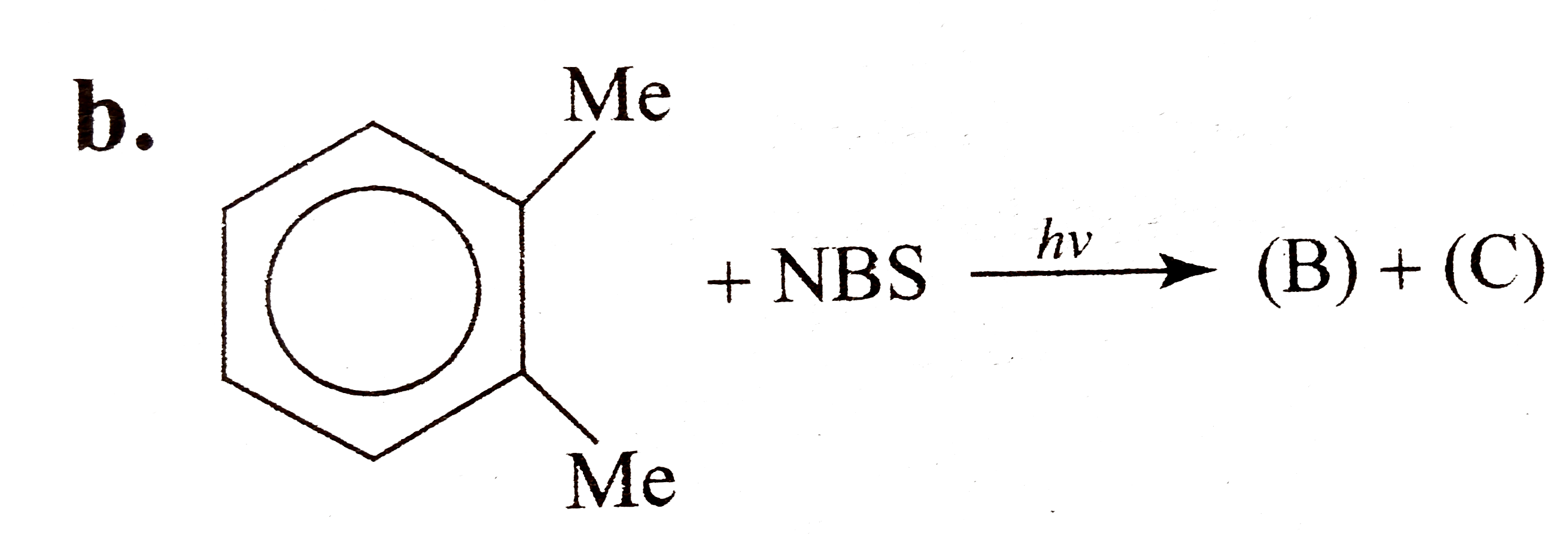
c.
d.
e. View Solution
View SolutionThe following stereoisomers are
 View Solution
View Solution
Give the products (B) and (C) in the above reaction.View SolutionGive the products of the reaction with conc. H2SO4 of :
a.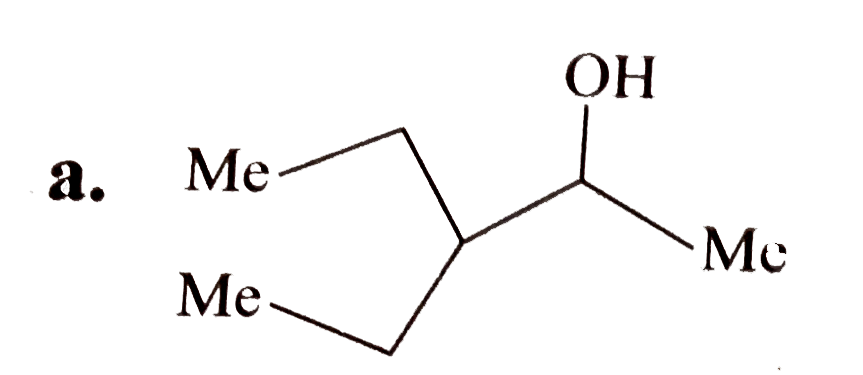
b.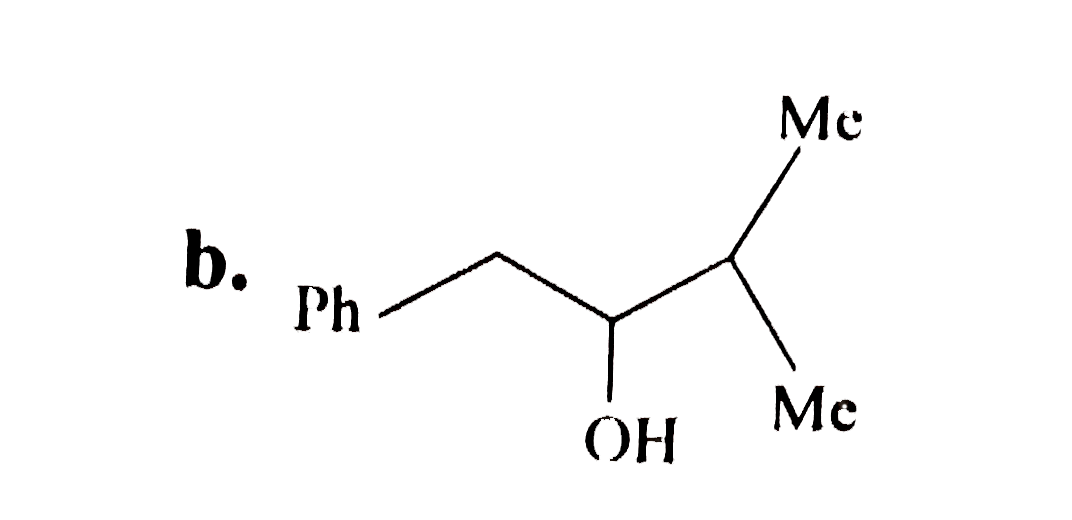
c.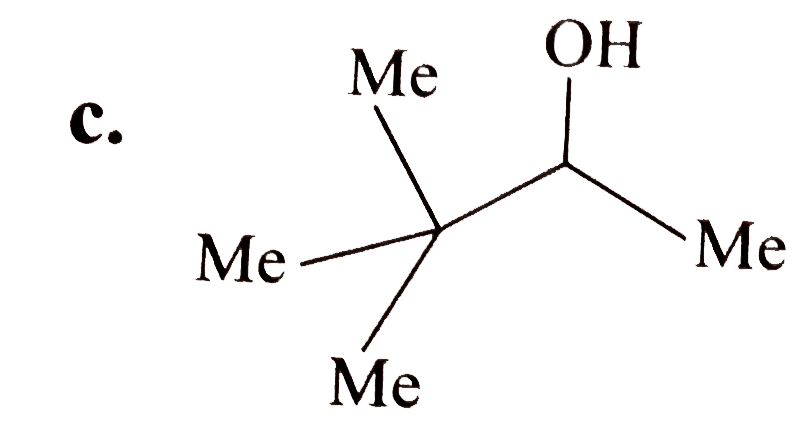
d. 1- Methyl cyclohexanolView SolutionA hydrocarbon of melecular formula C5H10 on monochlorination gives one product and on dichlorination gives three products (excluding stereoisomers) . Identify the hydrocarbon .
View SolutionGive the sterochemical products of the following :
a.
b.
c.
View SolutionUnder the specified conditions, substrate X undergoes substitution and elimination reactions to give products A-D. A and Bare stereoisomers, but not enantiomers. C and D are enantiomers. A is notanisomer of C. Which of the following could be the starting material X?
XH2O−−→ΔA+B+C+D
 View Solution
View SolutionGive the products of the reaction of styrene oxide with
(a) NaSH
(b) LiAID4
( c) MeOH/H+
( d) HBr(1eq)View SolutionGive all the structural isomers ( excloding stereoisomers and allenes ) of diene with the molecular formula C6H10.
View Solution

